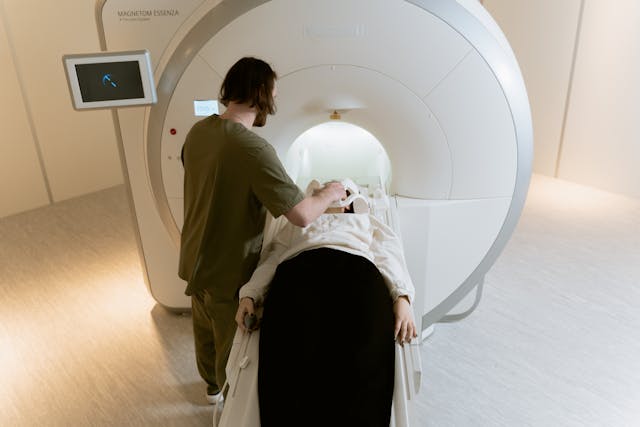A new study from the University of California, Irvine’s Center for the Neurobiology of Learning and Memory has found that ageing changes the brain’s shape in ways that can be measured and linked to mental decline. Rather than focusing only on the size of individual regions, researchers used a new analytic method to track how the brain’s overall form shifts and distorts over time. Their findings reveal that these geometric changes could provide early warning signs of cognitive impairment.
The research, published in Nature Communications and supported by the National Institute on Aging, showed that the brain’s shape changes systematically with age. The study’s senior author, Dr Niels Janssen of Universidad de La Laguna and UC Irvine, explained that while most studies focus on tissue loss, this one uncovered how the brain’s entire structure moves and warps in patterns tied to memory and reasoning decline. These shifts, he noted, could be a powerful new way to gauge brain health.
Using more than 2,600 brain scans from adults aged 30 to 97, the researchers found that some areas of the brain expand outward while others shrink inward with age. Specifically, the inferior and anterior areas of the brain tended to bulge, whereas the superior and posterior regions compressed. This uneven reshaping was most pronounced in people showing signs of cognitive decline, and those with greater posterior compression often performed worse on reasoning tasks. The same pattern appeared across multiple datasets, confirming the reliability of these changes as a hallmark of ageing.
One particularly intriguing finding involves the entorhinal cortex, a small but vital memory centre in the brain. The study suggests that as the brain reshapes over time, this region may be physically pushed closer to the hard base of the skull. This compression could make it more vulnerable to damage, particularly from tau, the toxic protein associated with Alzheimer’s disease. The research team proposes that these mechanical stresses may partly explain why this region is often one of the first affected in Alzheimer’s – a new way of thinking about how the disease begins.
Dr Michael Yassa, co-author and director of UC Irvine’s centre, said this discovery could change how scientists view early Alzheimer’s detection. He explained that if brain shape changes gradually increase pressure on fragile regions, it could trigger the cascade of damage that leads to dementia. Identifying these geometric markers early could one day help detect risk years before symptoms appear, providing a valuable window for intervention.
The study, a collaboration between UC Irvine and Universidad de La Laguna, highlights the promise of using brain geometry as a new diagnostic tool. As Dr Janssen noted, this research goes beyond simply measuring brain shrinkage—it shows how the brain’s architecture evolves with age and predicts who may be at higher risk for cognitive decline. By uncovering these patterns, scientists may be closer to understanding the physical forces that shape the ageing brain and its connection to diseases like Alzheimer’s.
More information: Yuritza Y. Escalante et al, Age-related constraints on the spatialgeometry of the brain, Nature Communications. DOI: 0.1038/s41467-025-63628-3
Journal information: Nature Communications Provided by University of California – Irvine








